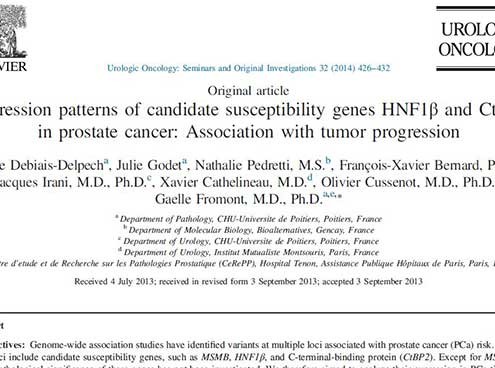
Expression patterns of candidate susceptibility genes HNF1β and CtBP2 in prostate cancer: Association with tumor progression
Oncology_cat, PharmacologyGenome-wide association studies have identified variants at multiple loci associated with prostate cancer (PCa) risk. Some of these loci include candidate susceptibility genes, such as MSMB, HNF1β, and C-terminal-binding protein (CtBP2). Except for MSMB, the clinicopathological significance of these genes has not been investigated. We therefore aimed to analyze their expression in PCa tissues, in relation with tumor progression and aggressiveness.
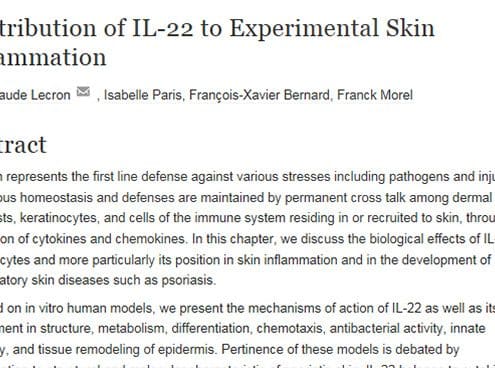
Contribution of IL22 to experimental skin inflammation
Inflammation, PsoriasisFocused on in vitro human models, we present the mechanisms of action of IL22 as well as its involvement in structure, metabolism, differentiation, chemotaxis, antibacterial activity, innate immunity, and tissue remodeling of epidermis.
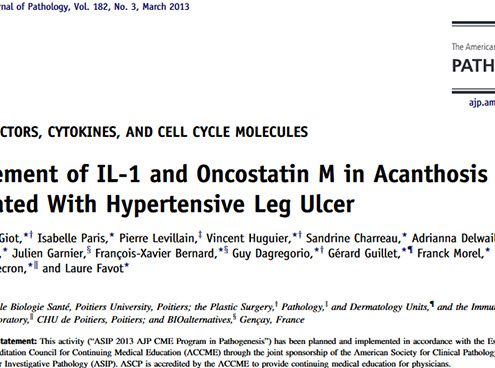
Involvement of IL-1 and Oncostatin M in acanthosis associated with hypertensive leg ulcer
Inflammation, PharmacologyHypertensive leg ulcer (HLU) is an inflammatory disease characterized by intense pain, alteration of vascularization, and skin necrosis. The optimal treatment relies on surgical removal of necrotic tissues covered by a split-skin graft.
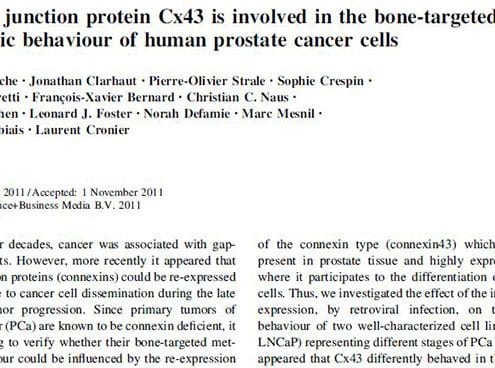
The gap junction protein Cx43 is involved in the bone-targeted metastatic behaviour of human prostate cancer cells
Oncology_cat, PharmacologyWe investigated the effect of the increased Cx43 expression, by retroviral infection, on the metastatic behaviour of two well-characterized cell lines (PC-3 and LNCaP) representing different stages of PCa progression. It appeared that Cx43 differently behaved in those cell lines and induced different phenotypes.
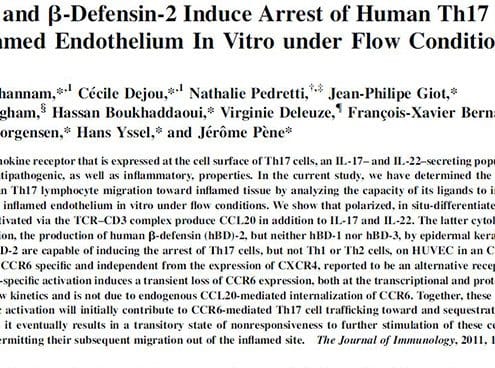
CCL20 and β-defensin-2 induce arrest of human Th17 cells on inflamed endothelium in vitro under flow conditions
Inflammation, PharmacologyThese results indicate that Ag-specific activation will initially contribute to CCR6-mediated Th17 cell trafficking toward and sequestration in inflamed tissue, but that it eventually results in a transitory state of nonresponsiveness to further stimulation of these cells with CCR6 ligands, thus permitting their subsequent migration out of the inflamed site.
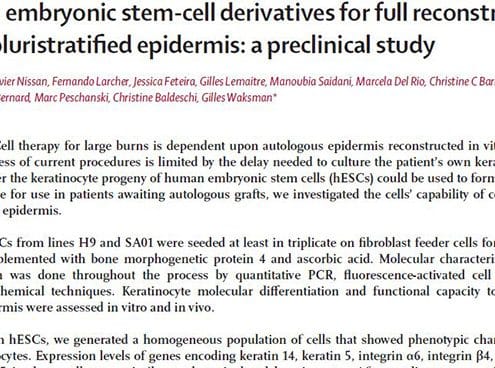
Human embryonic stem-cell derivatives for full reconstruction of the pluristratified epidermis: a preclinical study
Cell and tissue engineering, Dermatology, Pharmacology, Wound healingTo assess whether the keratinocyte progeny of human embryonic stem cells (hESCs) could be used to form a temporary skin substitute for use in patients awaiting autologous grafts, we investigated the cells' capability of constructing a pluristratified epidermis.
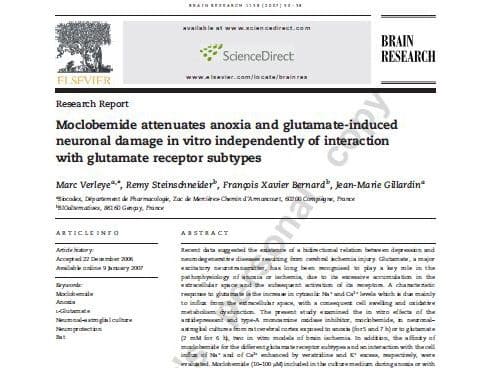
Moclobemide attenuates anoxia and glutamate induced neuronal damage in vitro independently of interaction with glutamate receptors subtypes
NeurobiologyThe present study examined the in vitro effects of the antidepressant and type-A monoamine oxidase inhibitor, moclobemide, in neuronal-astroglial cultures from rat cerebral cortex exposed to anoxia (for 5 and 7 h) or to glutamate (2 mM for 6 h), two in vitro models of brain ischemia.
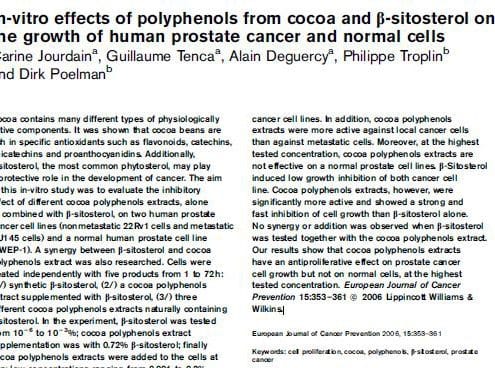
in vitro effects of polyphenols from cocoa and beta-sitosterol on the growth of human prostate cancer and normal cells
Oncology_cat, PharmacologyThe aim of this in vitro study was to evaluate the inhibitory effect of different cocoa polyphenols extracts, alone or combined with beta-sitosterol, on two human prostate cancer cell lines (nonmetastatic 22Rv1 cells and metastatic DU145 cells) and a normal human prostate cell line (RWEP-1)
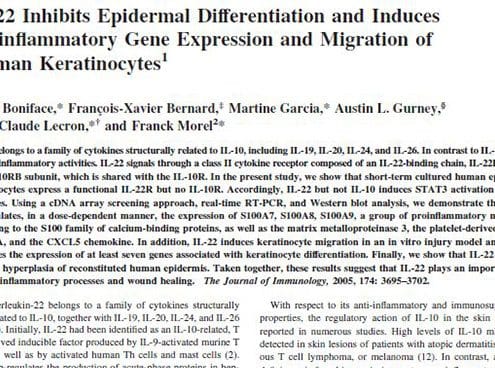
IL-22 inhibits epidermal differentiation and induces proinflammatory gene expression and migration of human keratinocytes
Inflammation, PsoriasisIL-22 belongs to a family of cytokines structurally related to IL-10, including IL-19, IL-20, IL-24, and IL-26. In contrast to IL-10, IL-22 has proinflammatory activities. IL-22 signals through a class II cytokine receptor composed of an IL-22-binding chain, IL-22RA1, and the IL-10RB subunit, which is shared with the IL-10R.

